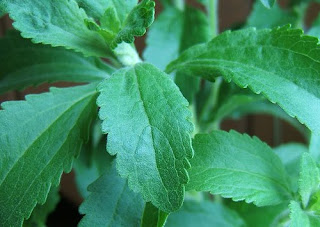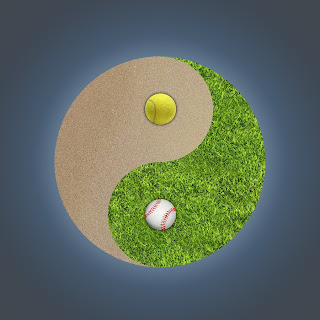Grow Stevia - The Natural Zero Calorie Sweetener

(photo from Civil Eats ) In 2008 the Food and Drug Administration declared a natural zero-calorie sweetener derived from the herb Stevia safe for use in foods and beverages. A long time favorite of natural foodies, Stevia, or sweetleaf, is a tender herb native to South America (zones 10, 11 ). Its extract is widely sold here as the tabletop sweetener, Truvia. There is a good reason why stevia is called sweetleaf. Its dried leaves are 15 times sweeter than ordinary table sugar and a glycoside that can be extracted from Stevia leaves is 300 times sweeter than sucrose! In Japan stevia has been sold as a sweetener for over 30 years and they use it in their version of Coke. It is also available in Brazil and China. Stevia is banned for use in food in the European Union. The story of stevia is quite interesting. It shows how a natural product can be banned by the government, only to be adopted by the largest multi-national beverage manufacturers in...







